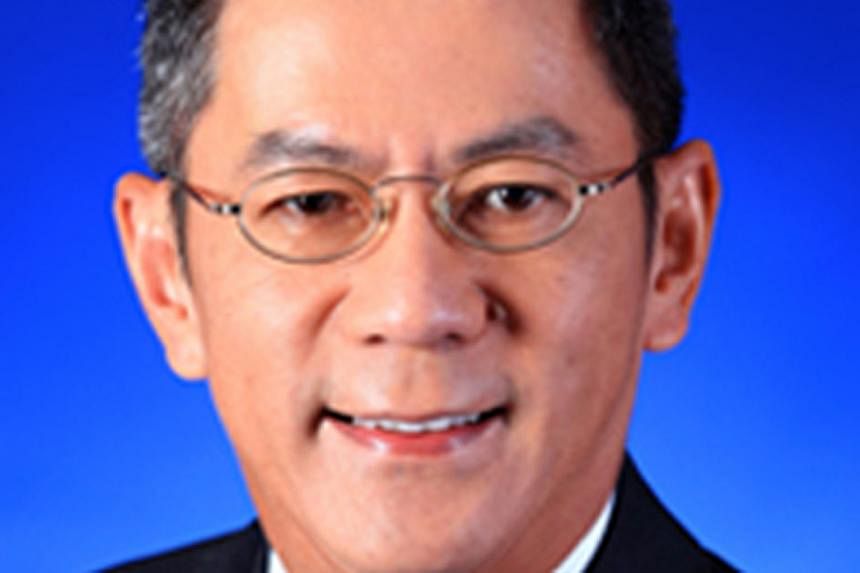Recent changes to the Supplementary Retirement Scheme (SRS) have made it fairer to those who die prematurely or suffer terminal illness, addressing some of the criticisms raised by the public.
Under the Income Tax (Amendment) Bill tabled in Parliament last week, tax exemptions will be granted to withdrawals of up to $400,000 from the SRS account on the death or terminal illness of the member.
BEFORE THE CHANGE
Let's assume an SRS member has $400,000 in his account. When he hits 62 or the prescribed retirement age, he can withdraw up to $40,000 a year from this account tax-free, assuming he has no other taxable income.
This is because only half of the $40,000 a year that is withdrawn is taxable and the first $20,000 of chargeable income is not taxed.
This means he can withdraw up to $400,000 tax-free over a maximum period of 10 years.
In this example, he makes his first withdrawal of $40,000 and the same amount in each subsequent year. After year four, he would have withdrawn $160,000 and have $240,000 left.
Assuming this member dies in year five without having made any withdrawal that year, it would be deemed that $240,000 was withdrawn in one go upon his death. As such, half of $240,000 that is withdrawn would be taxed - which works out to $120,000 - based on the tax rate applicable to him for the year of deemed withdrawal.
AFTER THE CHANGE
In the same scenario, the remaining SRS balance of $240,000 that is deemed withdrawn would not be taxed. This is because the full exemption is $400,000 and, after taking into account the withdrawn sum of $160,000, the tax-exempt sum comes up to $240,000.
But if his remaining SRS balance is more than $240,000 in year five, half of the amount in excess of $240,000 will be subject to tax.
Essentially, the change is not to penalise the estate due to the member's premature demise.
The Ministry of Finance (MOF) says it periodically reviews the SRS. A spokesman said: "The change ensures that SRS members who passed away or made a full withdrawal on the grounds of terminal illness, before completing their SRS withdrawals over a 10-year withdrawal period, would not be unduly disadvantaged."
Affected members who have not started the 10-year withdrawal period will enjoy the full tax exemption on $400,000. Otherwise, the exempted amount will be adjusted based on prior withdrawals, including the number of years remaining in the 10-year withdrawal period.
The change takes effect from year of assessment 2016, which applies to SRS withdrawals made in the whole of last year.
The SRS was set up in 2001 as a national voluntary scheme that complements the Central Provident Fund (CPF) by giving individuals an incentive to save consistently for retirement, while also enjoying tax benefits.
Mr B.J. Ooi, partner and head of global mobility services at KPMG Singapore, applauds the initiative but says the $400,000 threshold should be reviewed regularly, given increases in the cost of living over time.
He suggests that MOF consider allowing taxpayers to enjoy tax relief for contributing to the SRS accounts of their family members, similar to CPF cash top-ups.
Mr Ooi adds that the contribution rate to the SRS should be pegged at 15 per cent of the CPF total wage cap for citizens and PRs but 35 per cent for foreigners. "It may be worthwhile increasing the contribution rate to mirror the current CPF rates (that is, 37 per cent, made up of 20 per cent employee plus 17 per cent employer)."
Mr Ling Seng Chuan, head of deposits at OCBC Bank, recommends that customers make regular monthly contributions to their SRS accounts and at the same time benefit from tax savings.
"We also recommend customers to withdraw from the SRS after the statutory retirement age, as 50 per cent of the amount withdrawn is taxable, and spread out the withdrawals over a course of up to 10 years," says Mr Ling.
The take-up for the scheme has been gradual since it was created. As at December 2014, there were 105,483 SRS member accounts.
This year, the annual SRS contribution cap has been raised to $15,300 for Singaporeans and PRs, and $35,700 for foreigners.




